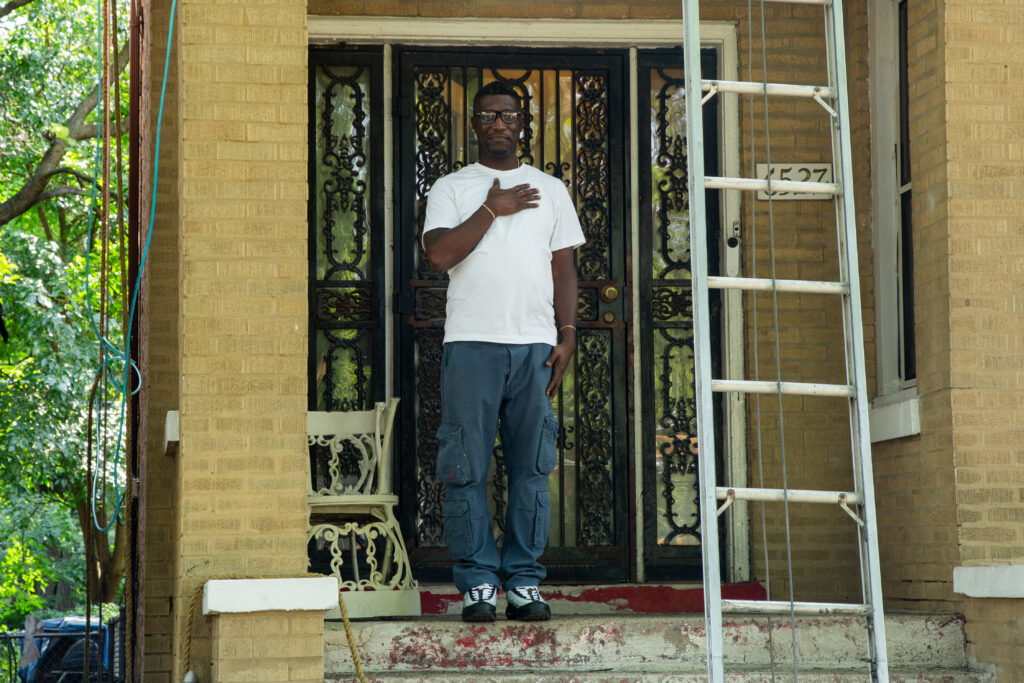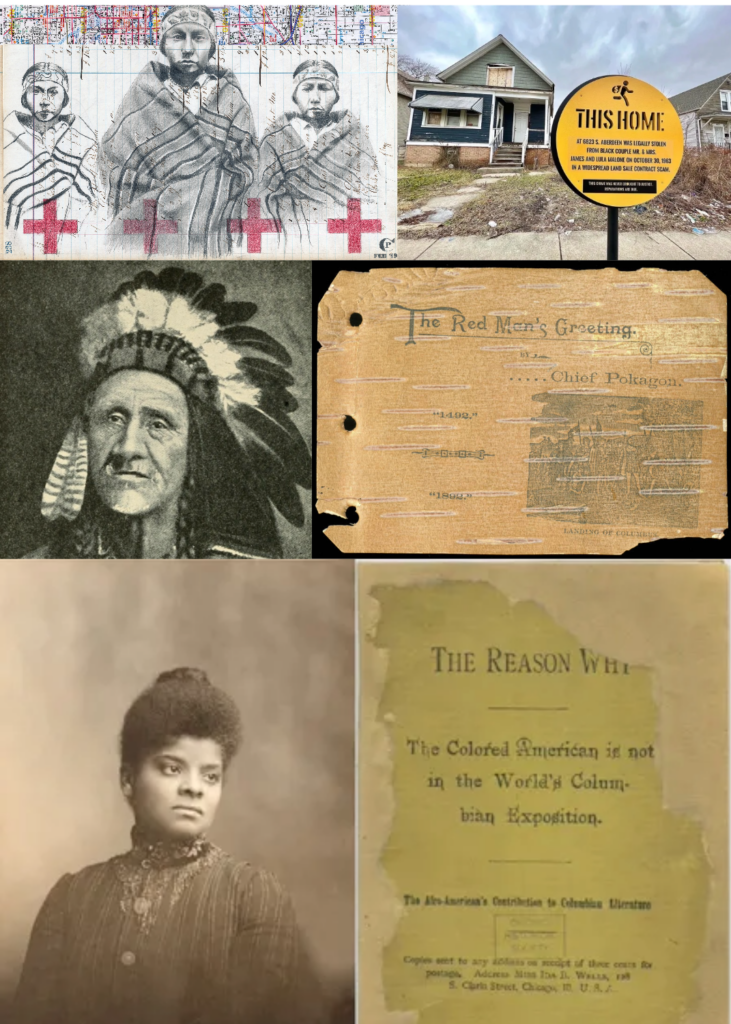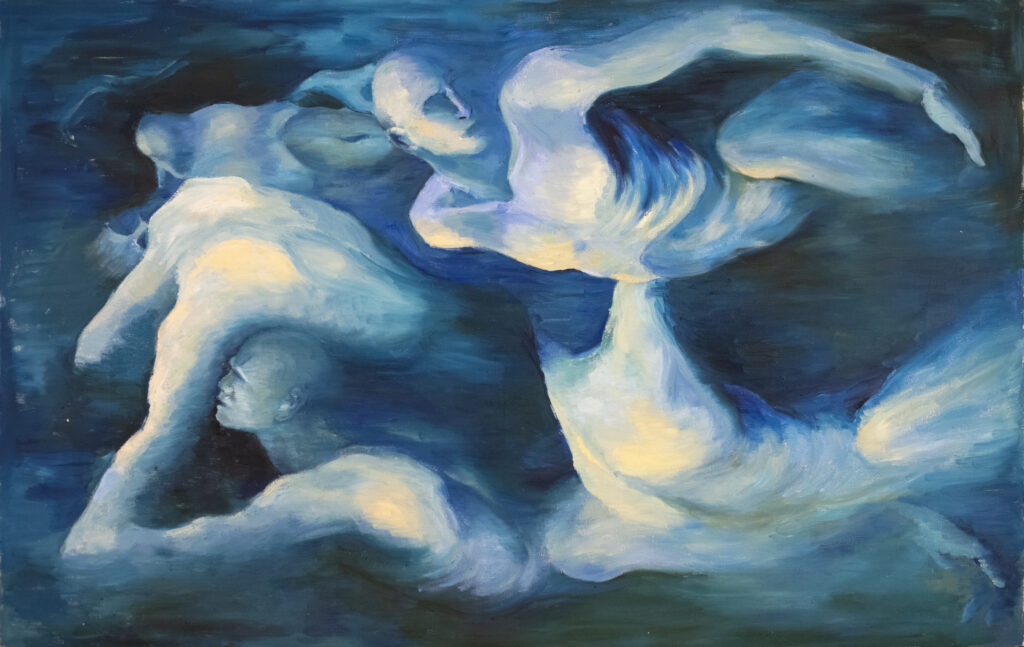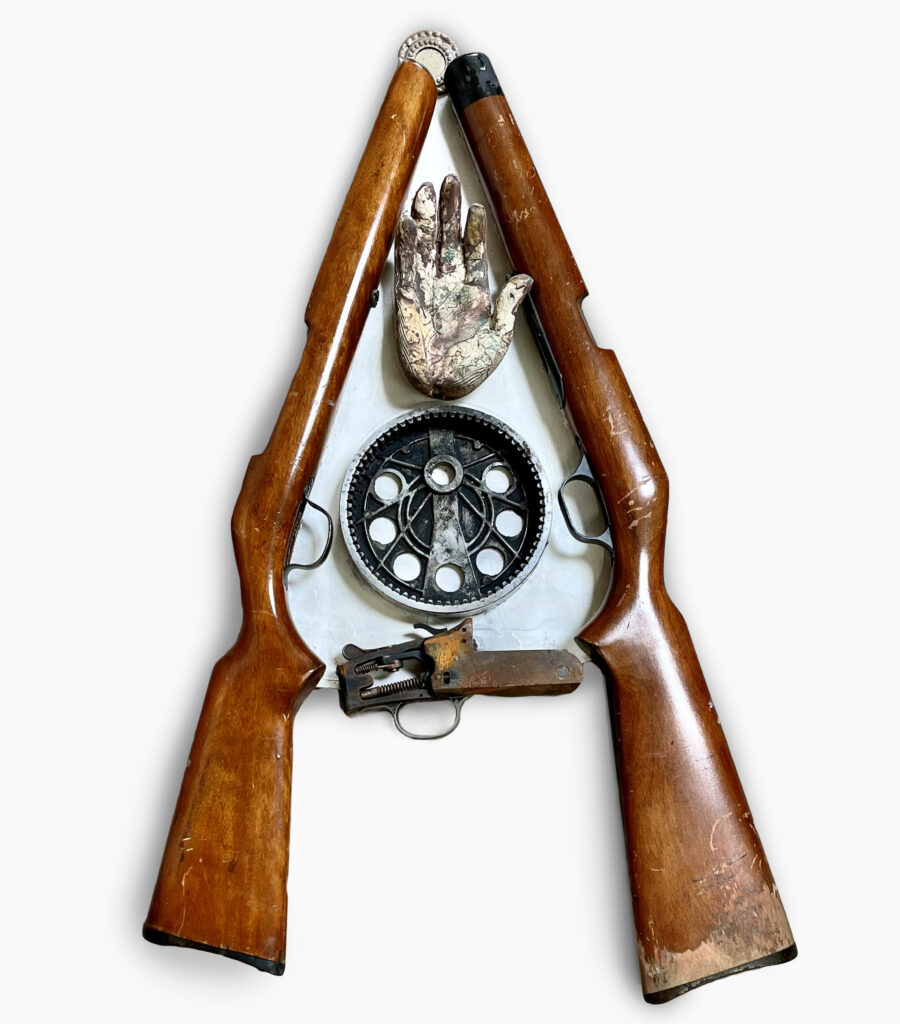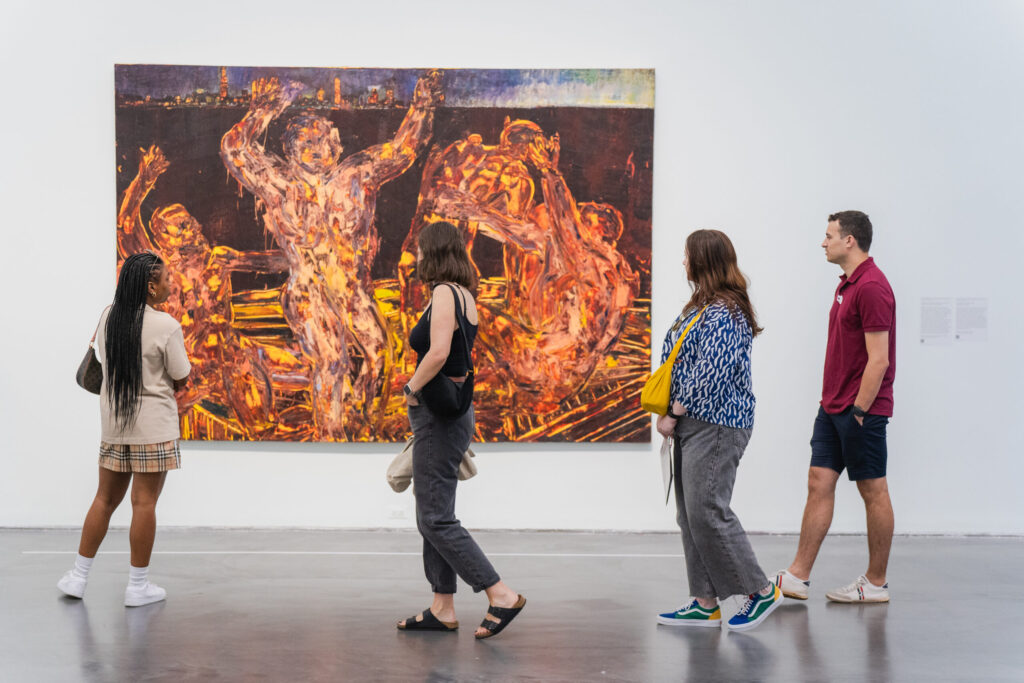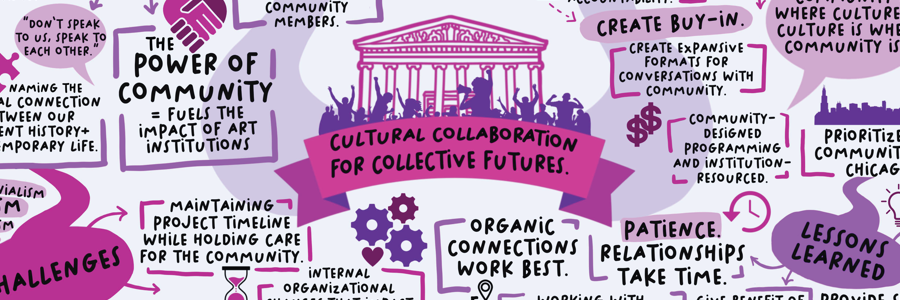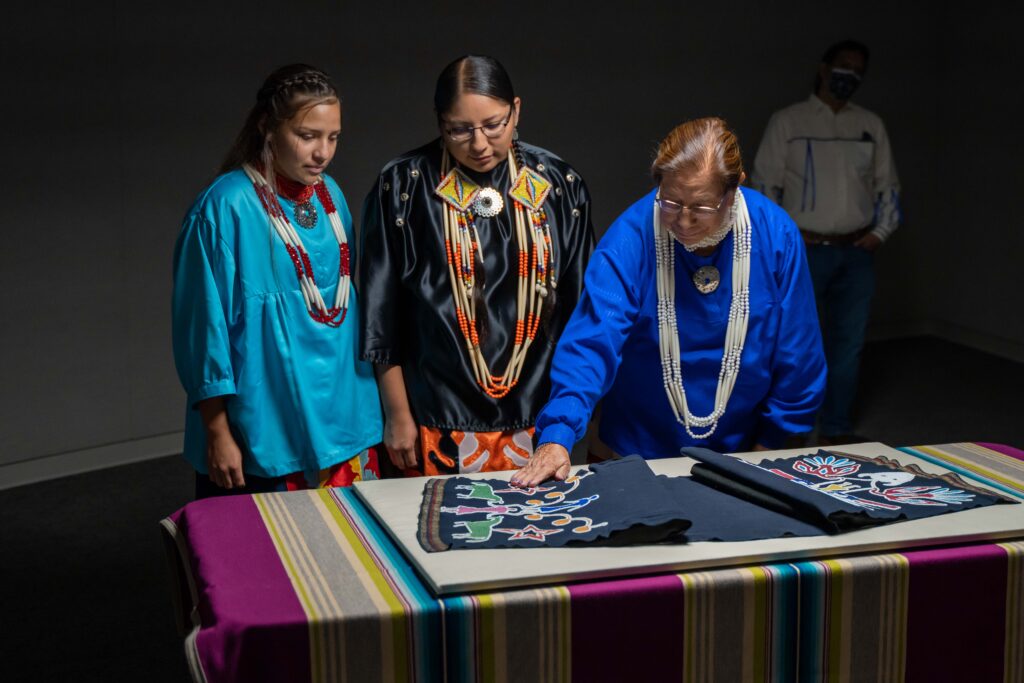The Terra Foundation for American Art awarded 32 grants in October 2023 through its Art Design Chicago initiative. Totaling nearly $3.2 million, these grants support projects that highlight Chicago’s unique artistic heritage and creative communities. Art Design Chicago officially launched November 2, 2023, and continues into 2025. The awarded grants include support for Art Design Chicago exhibitions, public programs, and research and learning resources.
Representing a citywide collaboration and showcasing the work of hundreds of artists, Art Design Chicago is a series of events and exhibitions that involves more than 50 Chicago-area arts organizations and spans 30 Chicago neighborhoods and several suburban communities. Supported projects for this grant cycle include Folded Map’s public program unBlOCKED,” National Public Housing Museum’s exhibition Still Here: Linking Stories of Displacement, and South Asia Institute’s exhibition Seen and Unseen: South Asian American Art in Chicago.
Folded Map’s “unBlOCKED” project has grown out of social-justice artist Tonika Johnson’s Inequity for Sale (IFS) initiative. IFS seeks to educate the public about Chicago’s racist housing policies, including predatory land-sale contracts and redlining, and “unBlOCKED” builds upon this work by using art and material resources to transform one block in Chicago’s Englewood community impacted by these discriminatory policies. Residents will envision artistic interventions and enhancements for their block with the help of collaborators from the Englewood Arts Collective and Chicago Bungalow Association, and the project will be documented through photographs, videos, and oral histories that will be incorporated into exhibitions, digital assets, and virtual programs made accessible to a wide audience.
“Public art traditionally takes form as murals, gardens, sculptures, and outdoor installations. Although these are impactful, my unBLOCKED Englewood project deviates from that,” said Johnson. “In partnership with the Chicago Bungalow Association, unBLOCKED is repairing homes and artistically beautifying one block in the historically redlined and disinvested Englewood neighborhood with residents whose families were victims of racist housing practices in the 1950s and 1960s. Receiving the Art Design Chicago grant from the Terra Foundation is not just an honor, but it is a profound testament to the role arts funding organizations can play in addressing the legacy of historic racism, even before comprehensive national redress is established.”
National Public Housing Museum’s Still Here: Linking Stories of Displacement is the inaugural exhibition at the museum’s new home, using art, archives, and public dialogue to explore and connect histories of displacement on the land where the museum is located. The project explores the displacement histories of Chicago’s Indigenous and Black communities and considers how their experiences are connected. Still Here includes work by Chris Pappan, Amanda Williams, and LaToya Ruby Frazier, and contextualizes their practice within the historical debate over land rights and access to public space. These artists bring the history of settler colonialism into the present, making connections between the forced displacement of Indigenous peoples and the ongoing disinvestment that affects many communities of color in Chicago.

